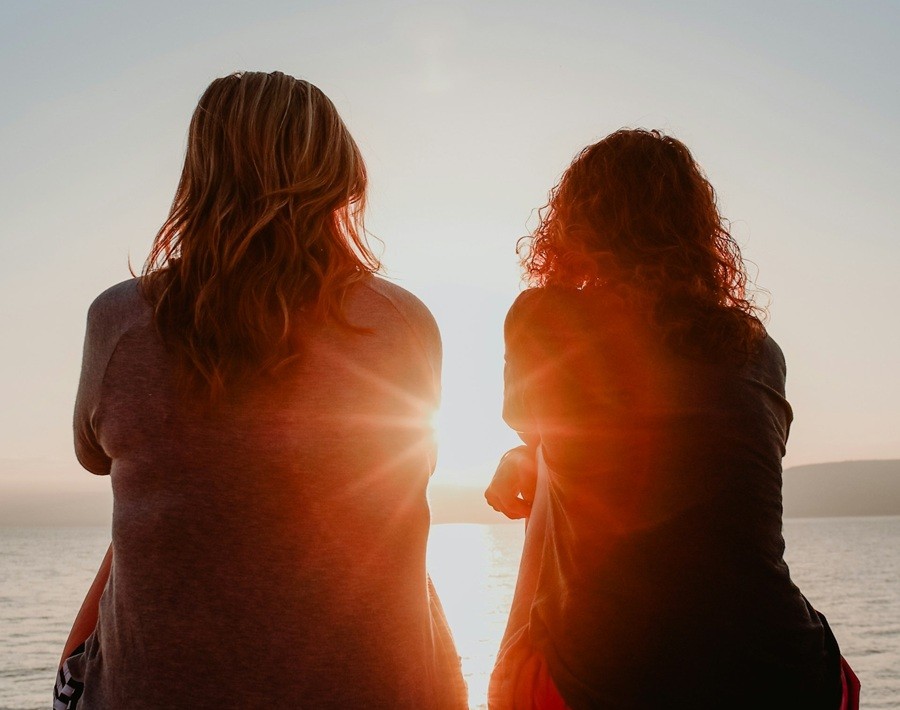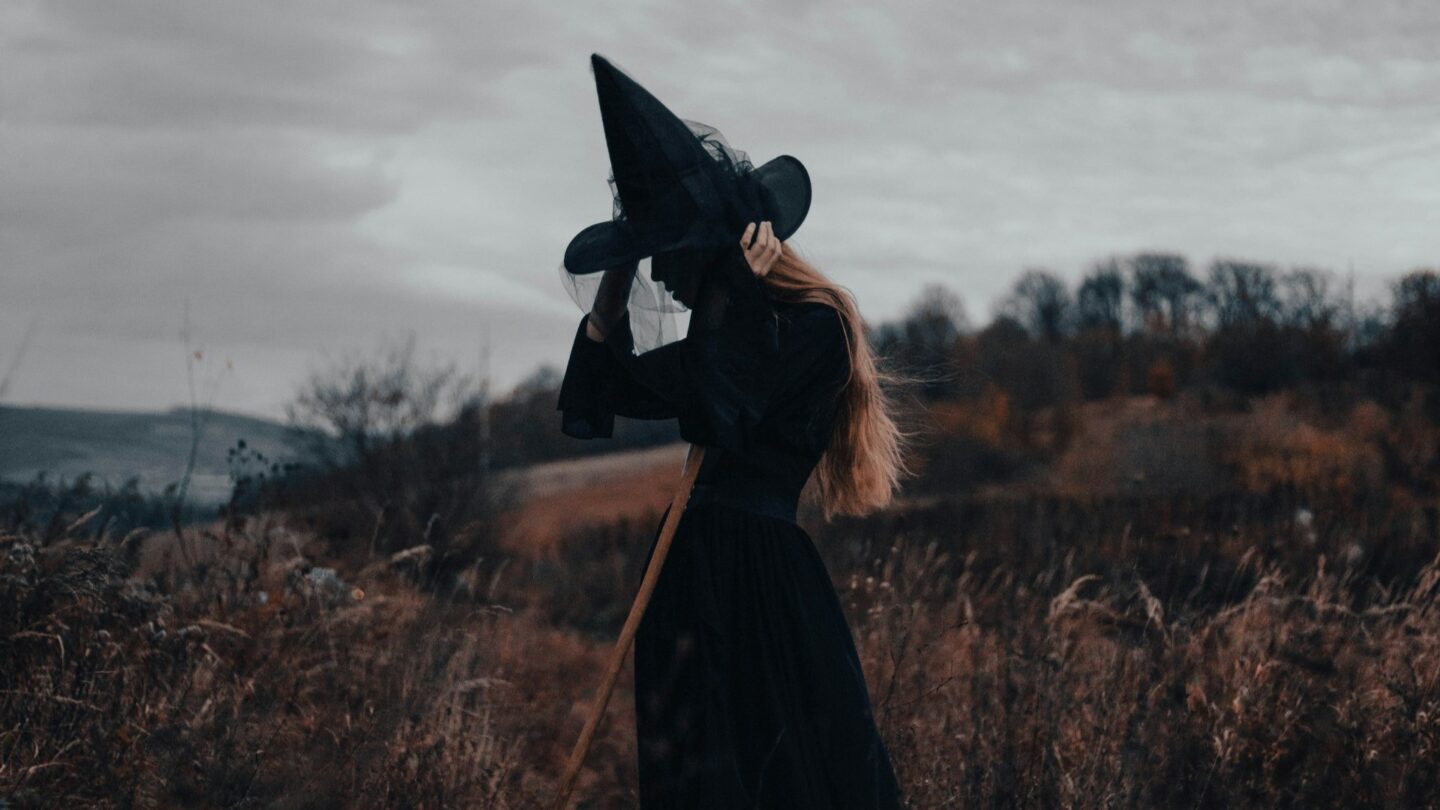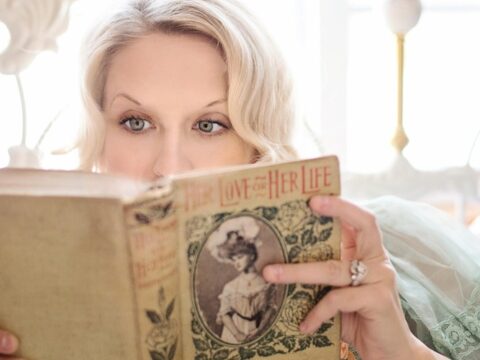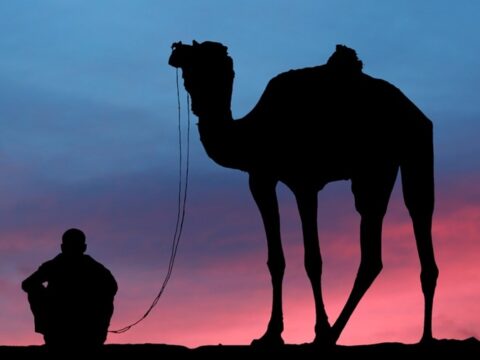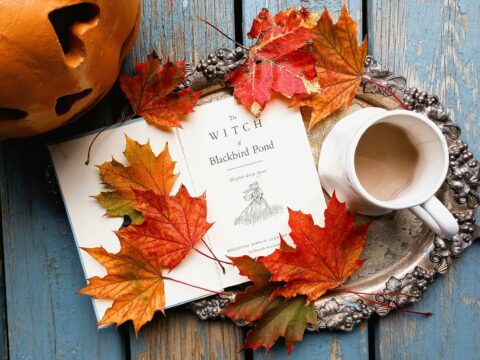As a lifelong introvert, I deeply enjoy spending time alone. I’ve always been a person who enjoys her own company, and living completely alone when I was still single was a great experience for me. No roommates piling up dishes or stealing my groceries? Sign me up! That being said, even I wouldn’t love living in total isolation. Like actual isolation in a dark forest or on top of a snowy mountain with no amenities or human beings in sight.
There are many isolated fairy tale characters in the old stories. Plenty of these characters are forced into isolation against their will. Rapunzel in her tower comes to mind. Or the Beast in his enchanted, lonely castle. Sleeping Beauty probably qualifies (even if she was sleeping), as well as the heroine of the Grimms’ lesser known story “The Girl without Hands.” All of these characters are isolated because of terrible circumstances often involving curses or jealous villains. But what about characters who isolate themselves willingly?
All Too Often, Isolated Fairy Tale Characters ARE the Villain
Fairy tale peeps who live all alone and far away of their own free will do seem to have a wicked streak. They’re often frightening monsters. Dragons guarding solitary hoards. Dark sorcerers in imposing fortresses. Giants in castles in the clouds. The Snow Queen in her frozen palace. Or the most iconic example: witches living alone in the woods.
It makes you wonder, does isolation itself breed wickedness? Or do isolated fairy tale characters choose their solitary life because they never fit in with the normies? Did the chicken or the egg come first?
To be fair, characters like fire-breathing dragons and ogres with an appetite for little children were never going to exist peacefully in a medieval town. Obviously such monsters would be driven off with torches and pitchforks. But what about the villains who are more human than monster?
The Feminist Witch in the Woods
I’ve heard many takes recently about witches in the woods. Some people see this trope as a dig against women throughout history. Modern women read about these witches with their solitary towers and woodland cabins and animal sidekicks and think, huh. That actually sounds like a sweet gig. Who wouldn’t want to live far away in a cottage made of candy, flouting all of society’s rules and living a life completely free from all expectations? I can understand why feminists like to claim witch-in-the-woods figures like Baba Yaga in Slavic folklore. She’s both dangerous and powerful. What woman doesn’t like that combination?
But personally . . . I think the feminism angle ignores something important. Namely that most witch-in-the-woods archetypes eat children. Even if you’re a boss babe who doesn’t want kids, I sure hope we agree that the attempted murder of little Hansel and Gretel was pretty messed up. That witch for sure had it coming.
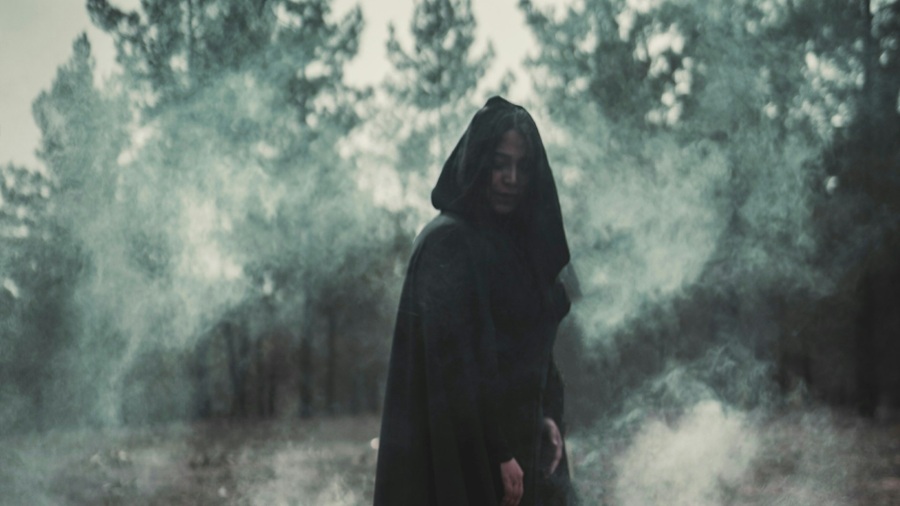
There’s definitely a pattern of isolated fairy tale characters being murderers and thieves. Let’s dive deeper into the actual symbolism of isolation in fairy tales. Because there’s a lot here.
Isolation Wasn’t Just a Cool Life Choice Back Then . . .
It can be tempting to read fairy tales with a modern lens and forget how old these stories actually are. These tales are from a time period when isolation wasn’t referring to living alone in your own chic apartment in a booming city. Isolated fairy tale characters lived where no one dared to tread, away from any traces of civilization and all the benefits of human contact that are so often taken for granted. Back then, isolation was a state no one actually wanted. It came with the dangers of wild beasts and possible starvation. For those who told fairy tales around a hearth, isolation was something that could kill.
Fairy tales were told in a time when people lived in villages and towns near other families so they could survive. Especially for the serfs, few people moved far from where they were born. This was an age of families passing down honored traditions, family trades, and land that their forefathers had farmed for generations. To be disowned by your family and ostracized from society was a death sentence.
To put a finer point on it, these historical societies lived in a far less tame world than ours. One where death, sickness, and famine were unpredictable. Therefore, the world was a more frightening place for them. People dealt with this fear and uncertainty by holding to traditions, honoring family legacies, and building tight-knit communities.
Fairy Tales Recognize that Isolation Is Unnatural
If you grew up in a little village where people truly relied on each other to survive, of course the most unnatural and frightening state you could imagine would be isolation. In fairy tales, great evil and danger lurks in dark woods, atop cruel cliffs, perhaps at the bottom of a stormy sea. When your whole life is centered around community, of course strange and unsettling creatures and witches lived in the unsafe, untamed places.
Maybe isolated fairy tale characters choose to live alone because only they command magic dangerous enough to survive in the wild. Or perhaps the isolation itself is a form of arrogance. They think they don’t need anyone thanks to their strength and power. Maybe these feelings of egocentric superiority are what turns a human being into a cannibalistic monster—or a devouring mother depending on the story.
I can’t say if the chicken or the egg came first, if isolation breeds evil or if evil craves isolation in the minds of oral storytellers. But I sure can understand the correlation. I get why monsters and murderers of the worst fairy tale variety live in surroundings that reflect their danger. Maybe the storytellers were on to something. Maybe only those who isolate themselves are willing to cross the most disturbing of boundaries. They don’t have a community to keep them in check, so their gray morality eventually turns black as they give in to the sweet taste of young flesh.
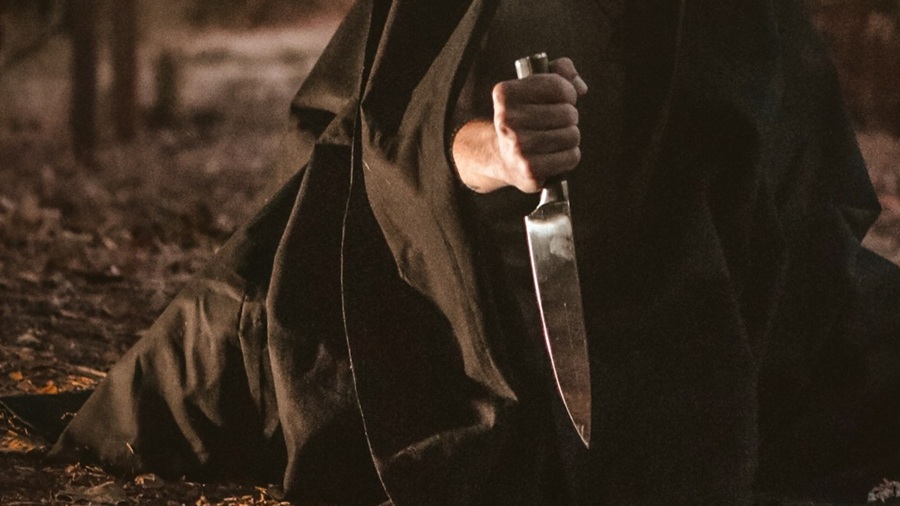
We Still Have Something to Learn from Isolated Fairy Tale Characters
I find it incredibly interesting that modern cultures have forgotten what it means to need other people. In America where I’m from, independence and self-sufficiency is worshipped in a way that doesn’t seem healthy to me. I’m all for gaining skills and being emotionally stable enough to walk away from toxic relationships. But I also believe that people always have and always will need each other. Being completely alone forever just isn’t the way humans are wired, nor should it be.
Modern protagonists and free-spirited people IRL are often praised for “not caring what anyone thinks.” Sure, advice probably should only matter coming from people you love and respect, but I still believe there should be a baseline of decent behavior in the world. Maybe not needing anyone isn’t the sign of strength we’ve all been led to believe.
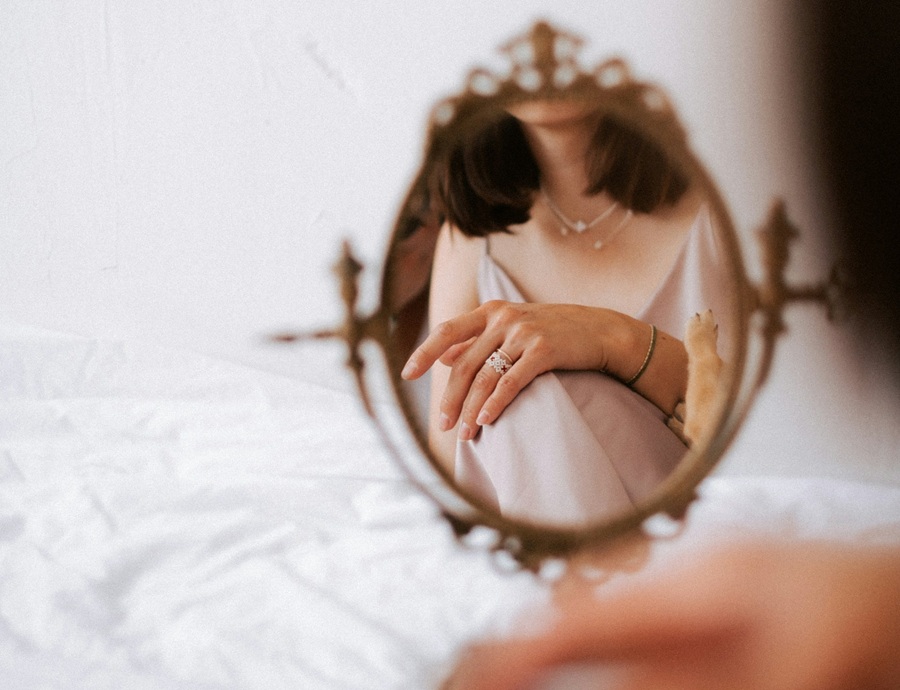
There has to be a reason why people today are lonelier and more depressed than ever before. Something in our culture went terribly wrong at some point, probably a lot of things if we’re honest. But my point is that maybe being alone and doing whatever we want isn’t all it’s cracked up to be. Maybe we’re at a critical juncture in our own world of technology and isolation that could really benefit from finding some community again.
The Ultimate Reward: Leaving Isolation and Coming Home
Of course some of the scariest steps of growing up have to be taken alone. The great quests of old fairy tales and legends reflect these solitary journeys we all have to take sometimes, slaying dragons, finding cures, rescuing a cherished friend or future spouse. But heroes who journey out alone eventually return home, because the joy of leaving isolation is the sweetest reward of all. Going back home is an integral part of the hero’s journey, the final step of a happy ending.
I can’t help thinking of Rapunzel in exile, technically not alone since she’s got her infant twins with her. But the loneliness of being a single parent in a cruel desert is grave punishment for lying to her own devouring mother, even after Rapuzel’s years of isolation in a tower. But Rapunzel endures, and her reward is reuniting with her prince, a moment so joyful that magic tears flow freely. She then rejoins society as a princess and ushers in her happily ever after. Of all the fairy tales out there, this one so sweetly portrays that human beings aren’t meant to be alone.
Frankly, modern audiences need this message way more than our historical counterparts ever did. We all enjoy some alone time. But at the end of the day, it’s our friends, family, and human connection that actually make life worth living. ❧
